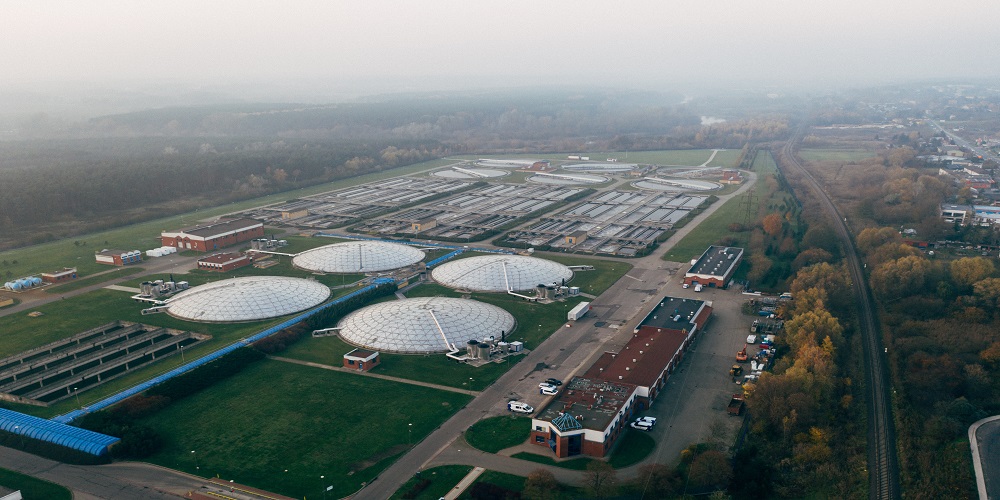Maintaining your septic tank is crucial for its proper function and longevity. To keep your septic tank working well, follow these six important steps.

1. Inspect and Pump Frequently
To keep your septic tank in good shape, make sure to have it inspected and pumped regularly. A professional septic technician should inspect your tank every 3-5 years. The technician will check your septic system and inspect the tank’s condition. They will also measure sludge and scum levels. Monitoring these levels to know when your tank needs pumping is important.
Sludge and scum are byproducts of the waste decomposition process. Over time, they accumulate at the bottom and top of the tank, respectively. When these levels become too high, they can impede the tank’s ability to function properly. To prevent problems and make waste break down faster, pump your tank regularly.
2. Use Water Efficiently
Saving water helps reduce water bills and is important for septic system care. If too much water goes into the tank, the system cannot work well. Here are some water-saving tips:
Repair any leaks promptly; even minor leaks can add to significant water wastage.
To reduce water consumption, install low-flow fixtures like faucets, showerheads, and toilets.
To prevent sudden water surges, do activities that use water at different times.
Using water efficiently minimizes the strain on your septic system, prolonging its lifespan.
3. Properly Dispose of Waste
Septic systems rely on natural bacterial processes to break down waste. You can only flush human waste and toilet paper to ensure these processes work effectively. Don’t flush things like wet wipes, feminine hygiene products, dental floss, and medications. They can mess up the bacteria balance in your tank.
Foreign substances entering the tank can build up, cause clogs, slow down bacteria, and stop waste from breaking down. Only flush human waste and toilet paper to keep your septic system healthy and efficient.
4. Maintain Your Drainfield
The drain and leach fields are important parts of your septic system. They filter treated effluent into the soil. To keep it functioning correctly:
Please do not park or drive on the drainfield because it can make the soil hard and prevent it from absorbing water.
Ensure that gutters and sump pumps drain water from the drain field to avoid oversaturating the earth.
Preserving the integrity of your drain field is essential for effective wastewater disposal.
5. Use Safe Cleaning Products
Many regular cleaning products have strong chemicals that can hurt good bacteria in your septic tank. These bacteria help in breaking down waste. Choose cleaning products and recommend septic system to keep the right balance of bacteria. These products are designed not to disrupt the natural decomposition process. Don’t pour strong cleaning solutions or chemicals down the drain. They can kill essential bacteria and make your septic system less effective.
6. Get Familiar with Your Septic System
Understanding how your septic system works, its type, and where it is on your property is important for maintenance. Be aware of the system’s components, including the septic tank, distribution box, and drainfield. Regularly check for any signs of issues, such as foul odors, wet spots, or unusual noises.
A licensed company checks your septic system every three years to dispose of sewage properly. Regular inspections can find problems early to fix them on time and keep your septic system working well in the long run.
Conclusion
Follow these six tips to keep your septic tank working well and in good condition for years. By maintaining your septic system, you can save money and avoid harming the environment. If you need a septic system repair, contact the right professionals on time to get help.